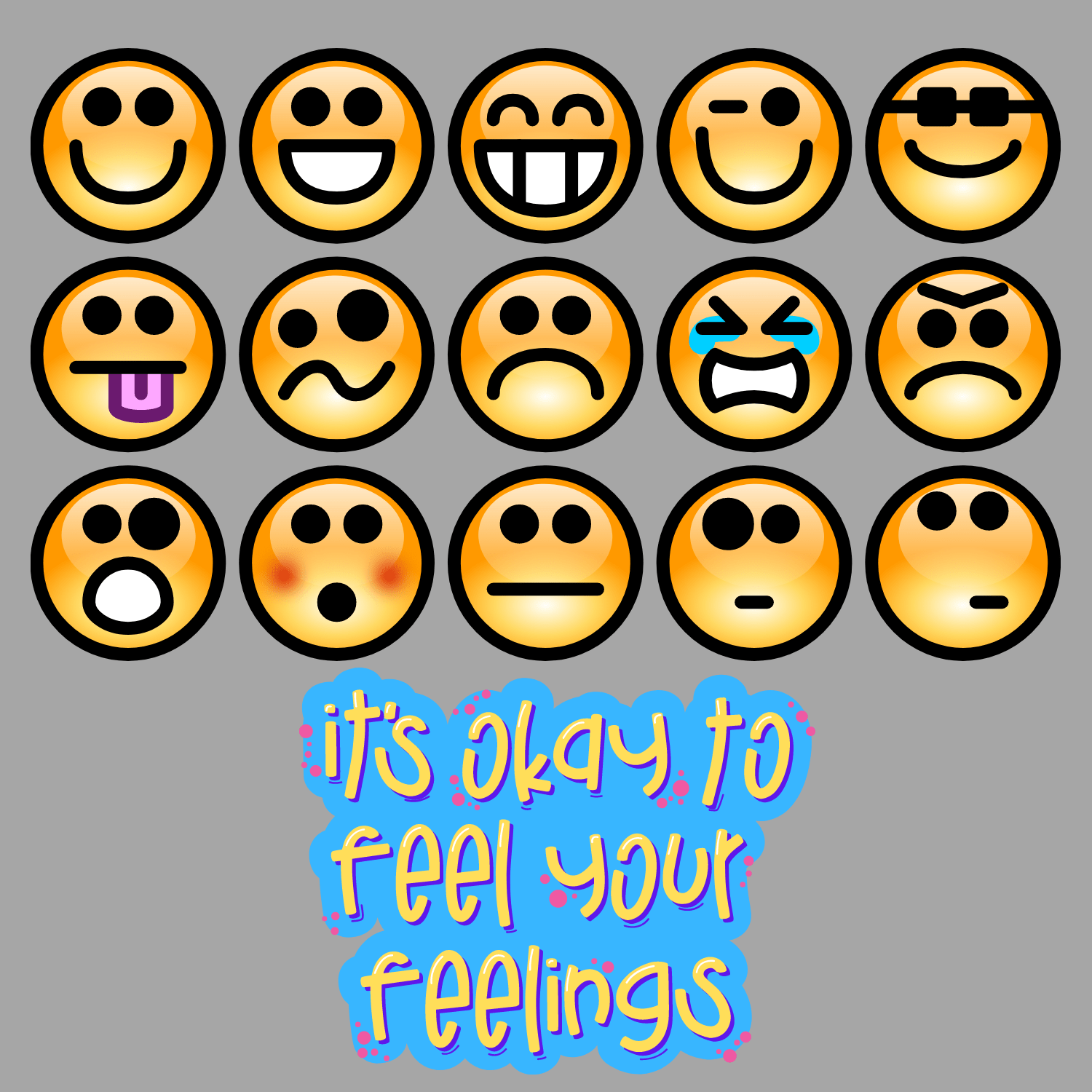
Social Emotional Learning is important for children to develop and maintain positive relationships, decision-making skills, develop perspective-taking skills, and build emotional intelligence. Kids are born with many intense emotions, but they aren’t born with the skills to respond to, express, or cope with these emotions.
Here are some things we have been learning for the past few weeks:
Social Emotional Lesson #3- Feelings
(2nd)
- identify words that describe different feelings
- incorporate feeling words into regular communication
- identify facial expressions that indicate particular feelings
- understand how feelings change over time
(3rd)
- understand that there are multiple points of view
- understand that people, even friends, may have different opinions on various matters
(4th)
- recognize commonalities they share as well as differences
(5th)
- recognize ways they are similar to and different from one another
- assess and articulate the value of being unique
Social Emotional Lesson #4- (Empathy)
(2nd)
- begin to identify and recognize how other people are feeling
- understand that people often feel differently about the same experience
(3rd)
- identify some advantages and challenges of working in a group
- contribute to a group project
(4th)
- define cooperation and identify advantages and challenges of working in a group
- demonstrate that they are able to contribute to a group project
(5th)
- be attentive to the needs of others in order to complete a project
Social Emotional Lesson #5- (Point of View)
(2nd)
- understand that people do not always share the same point of view
- recognize the importance of considering different points of view when solving problems or managing conflict
(3rd)
- define perspective taking and understand what it means to have different points of view
- be able to appreciate the importance of understanding another’s point of view in conflict resolution
(4th)
- be able to define perspective-taking and point of view
- be able to describe how understanding another’s point of view contributes to resolving conflicts and problem-solving
(5th)
- be able to describe what influences someone’s point of view
- begin to understand the importance of understanding another’s point of view in order to resolve conflicts